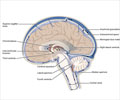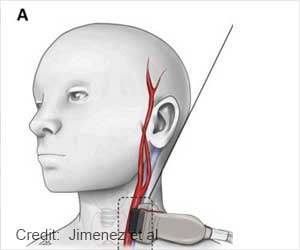Idiopathic intracranial hypertension, also known as brain pressure disorder is on the rise. Women are more affected by the disorder than men and are prone to become obese.

‘Six-fold rise in brain pressure disorder, also called as idiopathic intracranial hypertension affects more women than men.’





"The considerable increase in idiopathic intracranial hypertension we found may be due to many factors but likely mostly due to rising obesity rates," said researcher William Owen Pickrell from Swansea University in the UK. For the study, published in the journal Neurology, the researchers used a national healthcare database to analyze 35 million patient years of data over a 15-year period, between 2003 and 2017 in Wales.
They identified 1,765 people with idiopathic intracranial hypertension during that time. Of the group, 85 percent were women.
The team recorded body mass index measurements for study participants. Body mass index is calculated by dividing weight by height. For every one person with the disorder, researchers compared three people without it who were matched for gender, age and socioeconomic status.
The socioeconomic status of each person with the disorder was determined by where they live, using a national scoring system that considers factors like income, employment, health, education and access to services.
Advertisement
Overall, researchers found a six-fold increase in the number of cases of the disorder over the course of the study. In 2003, for every 100,000 people, 12 were living with the disorder, compared to 76 people in 2017. Also, in 2013, for every 100,000 people, two were diagnosed during that year, compared to eight people in 2017.
Advertisement
Source-IANS













